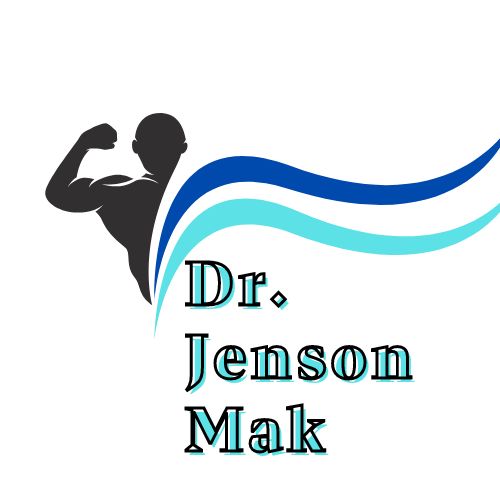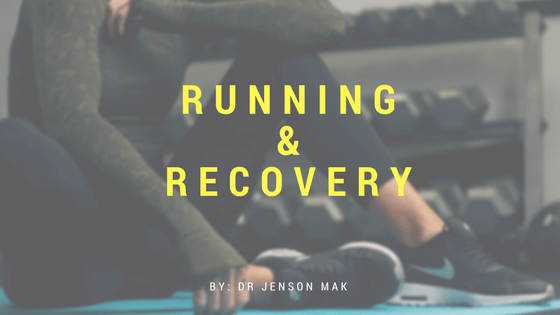Any form of exercise is going to take a toll on your body. It is crucial that recovery plays a big role in your fitness regiment. For runners, it is especially challenging to fully recover, especially when running back-to-back days. When you use the same muscles over and over again, the recovery process, is often what prevents injuries. Recovery comes in many forms. Runners, must find the method that helps them bounce back after each run.
Active Recovery
When it comes to training, runners have many various ways that prepare them for races or other events. For those who utilize interval training, active recovery is often the best practice. Athletes who rely heavily on endurance are recommended to actively recover. Studies have occured, where runners slow their pace by 50% as a cool-down, compared to completely stopping. The runners were able to go three times further using active recovery versus passive.
Experts say that the reason behind active recovery for endurance athletes boils down to blood lactate. This metabolic by-product is produced during high-intensity exercise. It helps to fuels your brain, heart, and muscles. The better blood flow from actively recovering brings lactate to the various tissues.
Passive Recovery
There is a contradicting argument that passive recovery is the best for runners. Certain activities that allow for a more relaxed means of cooling down also have a different effect on our bodies. The popular SoulCycle franchise, launched a program specifically designed around passive recovery. After pushing through high-intensity intervals, the participants intentionally make a complete stop in their workout. This allows the heart rates to fluctuate at a rapid pace, a method that many feel is one of the best ways to become physically fit.
Others in the field, believe that passive recovery, over time, helps to decrease the window in which athletes need to recuperate. Endurance plays a huge role in all aspect of recovery. A great deal of gaining back your strength and not fatiguing depends on the actual activity. Regardless of what style of recovery you choose to do, it is important that is plays a major role in your activity regiment.

